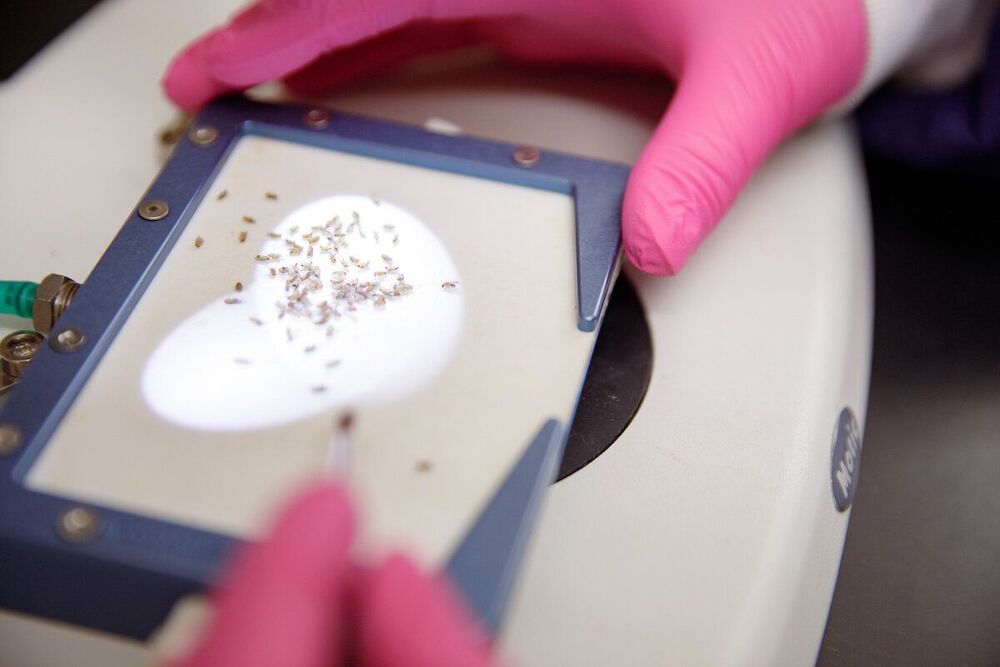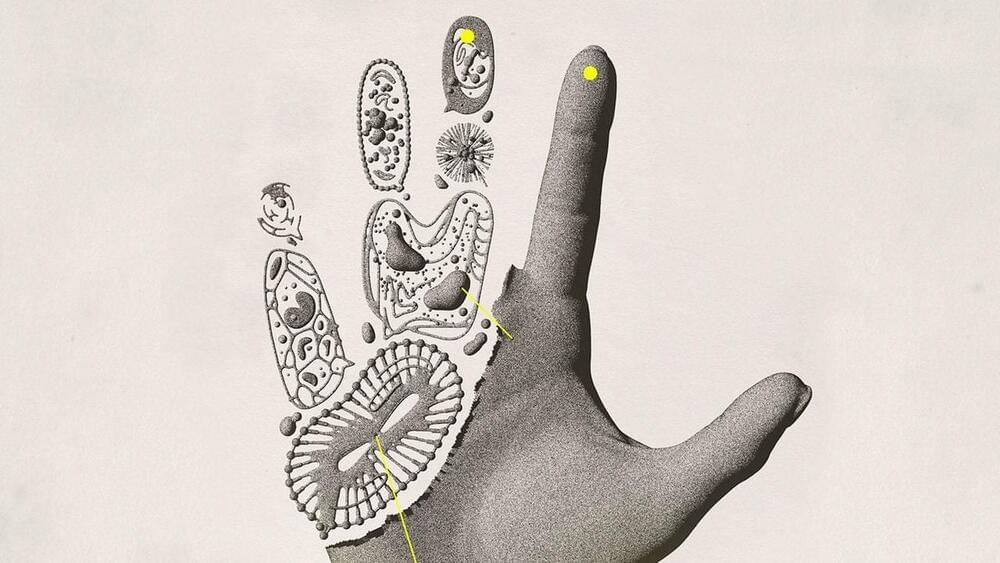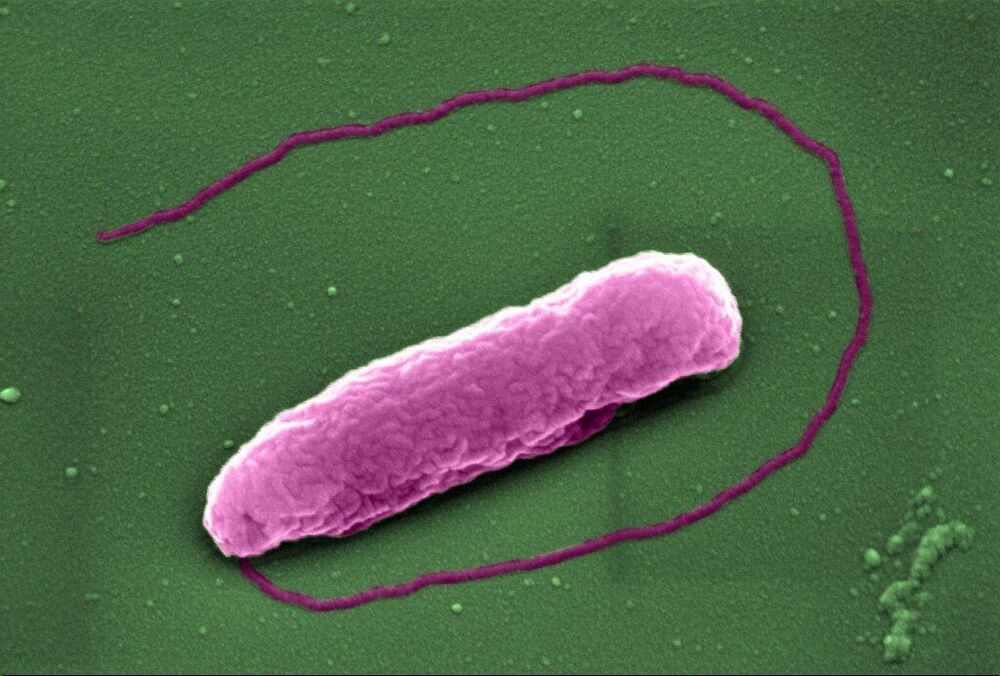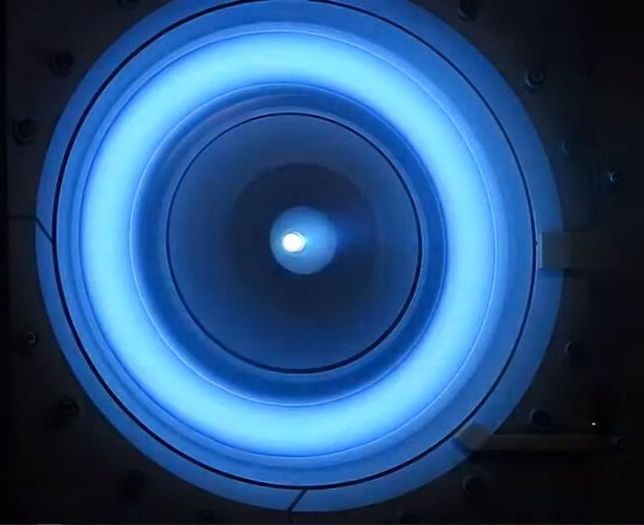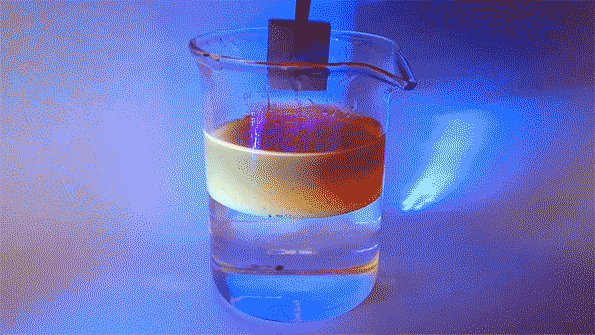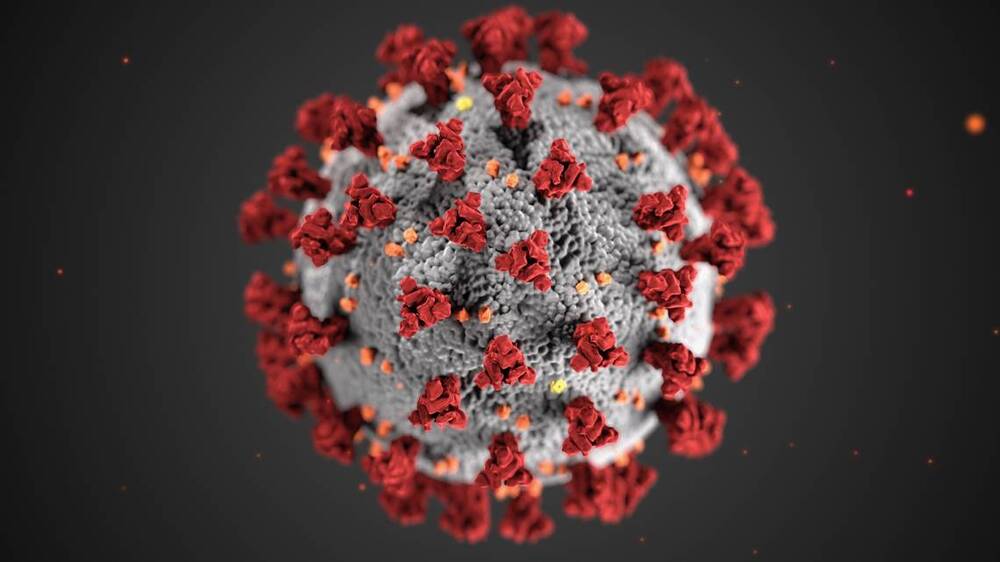In a study at The University of Alabama, aging fruit flies died faster than younger flies from a viral infection because of different genetic responses, lowering the older flies’ tolerance to the infection.
The findings published recently in G3: Genes, Genomes, Genetics add to the understanding of innate immunity, the first line of defense against infections, which is not fully understood in humans, and prove the fruit fly, Drosophila, is a good candidate for aging immunity studies that could lead to advancements in treating viral infections in older humans.
“We are living in times where there is a substantial increase in aging populations, and we know there is a decline of immune function in humans as we age,” said Dr. Stanislava Chtarbanova, UA assistant professor of biological sciences whose lab led the study. “This is the first study to use the fly for investigating age-dependent, anti-viral responses. Our lab can leverage this genetic model to study the molecular mechanisms underlying aging immunity.”
